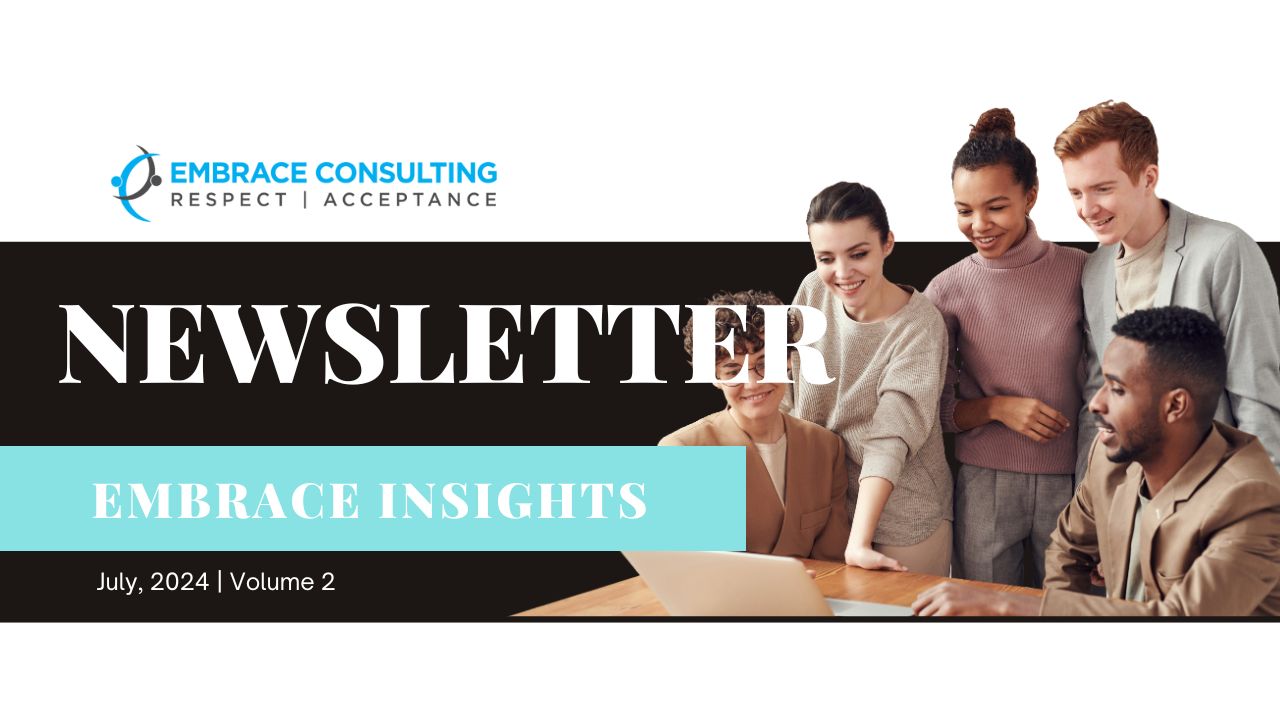The Importance of Gender Diversity in the Workplace
Gender diversity is an essential aspect of any modern workplace. It refers to the equal representation of both men and women in all levels and departments of an organization. In recent years, there has been a growing emphasis on promoting gender diversity in corporate settings, as it has been proven to have numerous benefits for the company, its employees, and society as a whole. This blog post will delve into the importance of gender diversity in the workplace and shed light on the benefits it brings.
Creating a Balanced Workforce
One of the primary reasons why gender diversity is crucial in the workplace is that it helps create a balanced and inclusive workforce. By having equal representation of both genders, companies can tap into a wider talent pool and benefit from diverse perspectives and experiences. This enables organizations to make better decisions, solve problems more effectively, and promote innovation.
Empowering Women
Promoting gender diversity in the workplace is also essential for empowering women and creating equal opportunities for career growth. Historically, women have faced significant barriers in attaining leadership roles and achieving their full potential in the workforce. By actively promoting gender diversity, companies can help break down these barriers, provide mentorship and support to women employees, and create a more inclusive and supportive work environment.
Enhanced Creativity and Collaboration
Studies have shown that diverse teams are more creative and innovative. When people with different backgrounds, perspectives, and expertise come together, they bring unique ideas and approaches to problem-solving. By fostering gender diversity, organizations can foster a culture of creativity and collaboration, leading to more successful and competitive outcomes.
Increased Employee Engagement and Productivity
When employees feel valued, respected, and included, they are more engaged and productive. Gender diversity plays a crucial role in creating an inclusive workplace culture where all employees feel a sense of belonging. This, in turn, leads to higher employee satisfaction, lower turnover rates, and increased productivity. A diverse workforce also helps attract and retain top talent, as individuals are more likely to be attracted to companies that prioritize inclusivity and equality.
Gender diversity is not just about meeting quotas or ensuring equal representation. It is about creating a workplace where everyone feels valued, included, and empowered to reach their full potential. The benefits of gender diversity are numerous and extend beyond the workplace to society as a whole. By prioritizing gender diversity, organizations can foster innovation, enhance collaboration, and create a more equitable and prosperous future for all. It is essential for companies to recognize the importance of gender diversity and take proactive steps to promote it within their organizations. Together, we can build a more inclusive world.
Racial Equity and Diversity Training
In today’s increasingly diverse society, racial equity and diversity training has become an essential tool for organizations seeking to create inclusive and welcoming environments. These training programs aim to educate individuals on the importance of understanding and respecting different racial and ethnic backgrounds, while also addressing biases and prejudices that may exist within the workplace or community. In this blog post, we will explore the significance of racial equity and diversity training, its benefits, and how organizations can implement effective training programs.
Understanding Racial Equity and Diversity
Defining Racial Equity
Racial equity is the concept of providing fair opportunities and resources to individuals irrespective of their racial or ethnic background. It acknowledges historical and systemic barriers that certain racial groups have faced and seeks to address and rectify these injustices.
Embracing Diversity
Diversity refers to the range of human differences, such as race, ethnicity, gender, sexual orientation, and more. Embracing diversity allows for a broader range of perspectives, experiences, and ideas, leading to increased creativity, innovation, and collaboration.
The Importance of Racial Equity and Diversity Training
Breaking Down Biases and Stereotypes
Racial equity and diversity training helps individuals identify and challenge their own biases and stereotypes. By recognizing these unconscious attitudes, individuals can work towards breaking down barriers and fostering an inclusive environment.
Enhancing Cultural Competence
Cultural competence is the ability to effectively interact and communicate with people from different backgrounds. Racial equity and diversity training provide tools and strategies to enhance cultural competence, ensuring that individuals understand and respect the customs, traditions, and experiences of others.
Creating Inclusive Workplaces
Research consistently shows that inclusive workplaces are more productive, innovative, and successful. Racial equity and diversity training help organizations create inclusive environments where all employees feel valued, supported, and respected.
Implementing Effective Racial Equity and Diversity Training
Assessing Organizational Needs
Before implementing any training program, it’s essential to assess the specific needs and challenges within the organization. This can be done through surveys, interviews, or focus groups to identify areas where racial equity and diversity training would be most beneficial.
Customizing Training Programs
Once the needs are identified, organizations should tailor their training programs to address those specific issues. This can include interactive workshops, discussions, case studies, and real-life scenarios to engage participants and facilitate learning.
Ongoing Learning and Support
Racial equity and diversity training should not be a one-time event but an ongoing process. Organizations should provide resources, support, and opportunities for continued learning after the initial training sessions. This can include workshops, internal networks, or access to external diversity experts.
In conclusion, racial equity and diversity training plays a crucial role in creating inclusive and equitable workplaces and communities. By fostering understanding, breaking down biases, and promoting cultural competence, organizations can harness the power of diversity and create a more harmonious and productive environment for all. Implementing effective training programs requires a thoughtful and customized approach, along with ongoing support and resources. Together, we can strive towards a future where everyone feels valued and accepted, irrespective of their racial or ethnic background.











